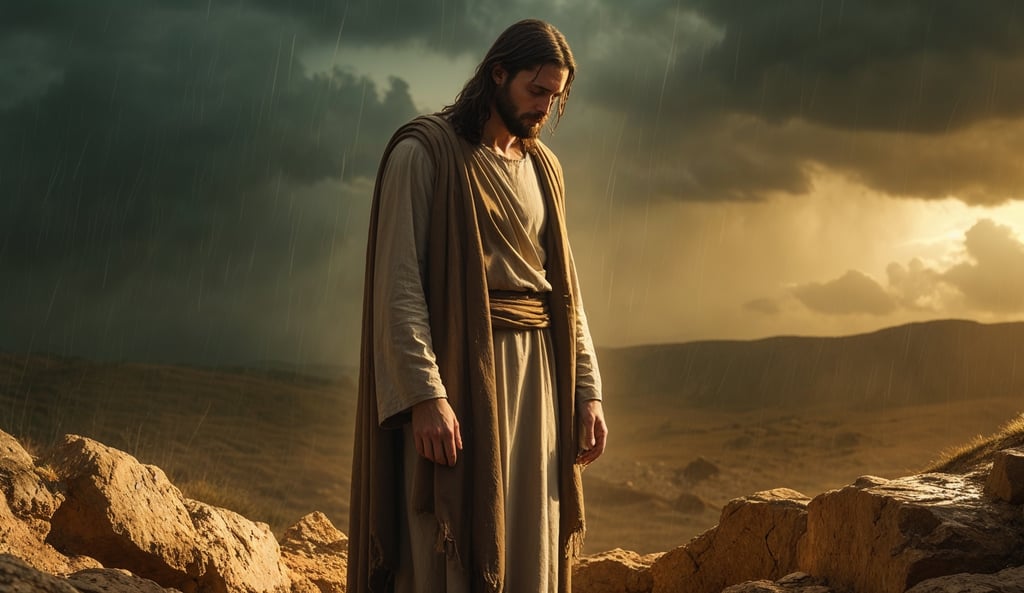The Raising of Lazarus: Prelude to Holy Week
This title emphasizes the connection between the miracle at Bethany and the events leading up to Jesus' crucifixion and resurrection.
Jim Monson (Click Picture to Read)
2 min read


The Raising of Lazarus: A Prelude to Passion
In the tapestry of Jesus' earthly ministry, the resurrection of Lazarus stands out as a pivotal thread, weaving together profound displays of divine power, deep human emotion, and the unfolding of a divine plan that would culminate in the ultimate sacrifice. This event, chronicled in the Gospel of John, not only showcases Jesus' authority over life and death but also sets in motion the series of events leading to His crucifixion.
A Display of Divine Authority
Lazarus of Bethany had been in the tomb for four days when Jesus arrived. Against the backdrop of mourning and despair, Jesus commanded, "Lazarus, come out!" In that moment, death's grip was broken, and Lazarus emerged, alive. This miracle was not merely a compassionate act for a grieving family; it was a deliberate demonstration of Jesus' messianic identity and His dominion over death itself. As noted in the Gospel of John, this act exemplified Jesus' power over humanity's most formidable enemy: death. Wikipedia
The Emotional Depth of Jesus
Amidst the anticipation of this miraculous act, we encounter the shortest yet profoundly significant verse in Scripture: "Jesus wept." This moment reveals the depth of Jesus' empathy and His genuine participation in human sorrow. While fully divine, Jesus was also fully human, experiencing the pain of loss and the sting of death's reality. His tears at Lazarus' tomb reflect not only His love for His friend but also a poignant acknowledgment of the brokenness of the world—a brokenness He came to heal.
Catalyst for Conspiracy
The resurrection of Lazarus did not merely stir awe among the witnesses; it ignited a firestorm among the religious authorities. The Sanhedrin convened, alarmed by the growing belief in Jesus spurred by this undeniable sign. Caiaphas, the high priest, argued that it was better for one man to die than for the entire nation to perish, unwittingly prophesying the redemptive purpose of Jesus' impending death. This counsel led to the formal decision to plot Jesus' arrest and execution.
Foreshadowing the Ultimate Resurrection
The raising of Lazarus serves as a precursor to Jesus' own resurrection. While Lazarus was restored to his earthly life, only to face death again, Jesus' resurrection would be unto eternal life, securing victory over death for all who believe. This distinction underscores the transformative power of Jesus' resurrection—not merely a return to life, but the inauguration of a new, imperishable existence. Crossway
Conclusion
The narrative of Lazarus' resurrection encapsulates the convergence of divine power, human emotion, and the inexorable march toward the cross. It marks the beginning of the end of Jesus' earthly ministry, setting the stage for the Passion. As we reflect on this event, we are invited to witness the depth of Jesus' compassion, recognize His authority over life and death, and prepare our hearts for the profound mystery of His own resurrection—a resurrection that offers eternal life to all who believe.
